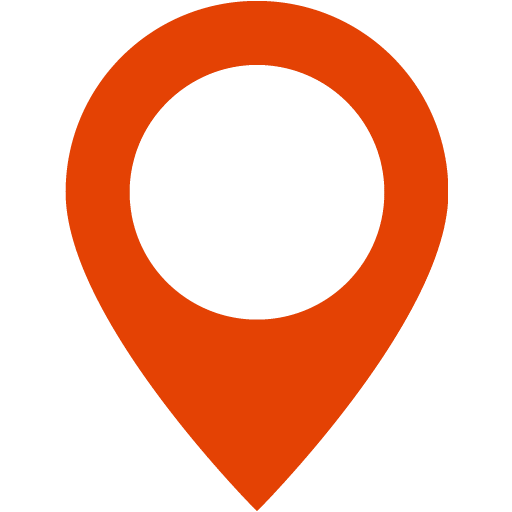Gallery
Black and White Photography



These photographs were taken on Beach Drive, at Alki Beach in West Seattle.
This is located on the South West side of Alki Avenue, and South of the Alki Point Lighthouse.
Beach Drive is the less traveled beach on Alki Beach, and is the most scenic.
In case you are wondering about the pagoda, it is also near Alki Beach, in the North Admiral District.
Using black and white film, with a
#11 Yellow-Green filter, makes the sculpted bushes look like boulders.
The yellow green hues of the bushes are lightened by the yellow green filter, and has the effect of making the bushes look like they are made of granite.



The first photo of the kayak was filmed with a #12 Deep Yellow filter.
The #12 was used to darken the blue water more than a #8 Medium Yellow filter, so white light reflecting from the sun will produce a sparkling effect on the water.
Notice the dark rocky beach against the water. The water needed to be darkened a bit more than normal because of the sparkling sunlight reflections, but if the water was darkened too much, there would be poor contrast between the water and dark rocky beach.
The #12 Deep Yellow filter was chosen because it is a Yellow-Yellow filter, and yellow is 2-bands away from blue. That is, a Yellow-Yellow filter will darken blue somewhat, but not block it out like an orange filter. Orange and blue are complementary colors (3-bands away).
The Hoya Y52 Yellow filter appears the same as the #12 Deep Yellow.
Hoya filters are made of solid optical glass. Tiffen filters are laminated gelatin.
The #15 Deep Yellow filter, also known as Orange [G] filter, is a Yellow-Orange filter, and would remove blue glare off the ocean, resulting in a dark ocean against a dark rocky beach. If waves were crashing against the beach, with whitecaps, we could use this #15 filter to increase contrast between white water and blue ocean.
The second photo of the beachcombers and sailboat was also filmed with a #12 Deep Yellow filter.
The fourth photo of the paddle board was filmed with a #16 Yellow-Orange filter.
This filter was chosen because of the blinding white light reflections off the water.
Reflection was so intense, that it was difficult to look at.
The #16 Yellow-Orange filter has a 4X factor, (2-stop), and darkened the blue water sufficiently, so the white light reflections would sparkle on the photo.
A stronger filter like a #22 Red-Orange filter, or a #24 Light Red filter would have darkened the blue water too much, and would spoil the effect.
If the scene was hazy with poor contrast, and the blue water was not so blue, we could then use a #22 or #24 filter, to produce the same effect as the #16 Yellow-Orange filmed with clear blue water.
The last three photos were filmed with a #8 Medium Yellow filter.
The #8 Medium Yellow filter is the most useful filter of all, because it matches the biological sensitivity of our vision. The #8 Medium Yellow filter makes black and white photos look the way it does to us, but in monochrome.
The reason for this is that our sun is a yellow white star, and human vision sees yellow brighter than any other color, and orange and green brighter than normal, since those color bands are adjacent to yellow. The other three colors are seen darker than they really are.
Panchromatic film is unbalanced, and registers all colors equally.
To "correct" this problem, and make the photos look right, we use a #8 Medium Yellow filter.
This is akin to using a corrective filter, when using indoor color film outdoors.
The indoor color film is balanced to tungsten spectrum light, so if the indoor film were used outdoors, the photos would look blue.
The photographer would use a #85 filter outdoors to correct the color spectrum of the indoor film, so the photos would be correctly balanced.









